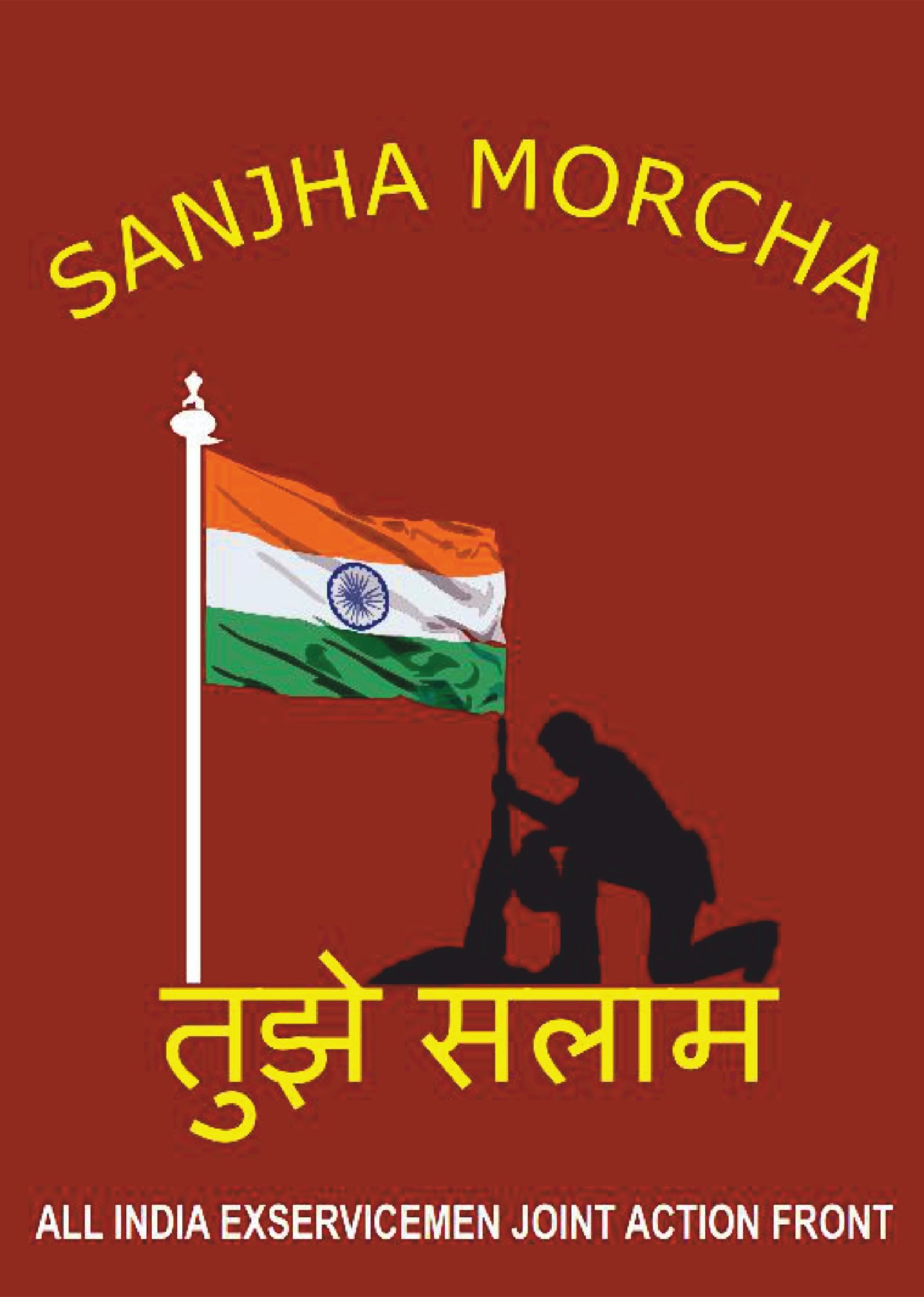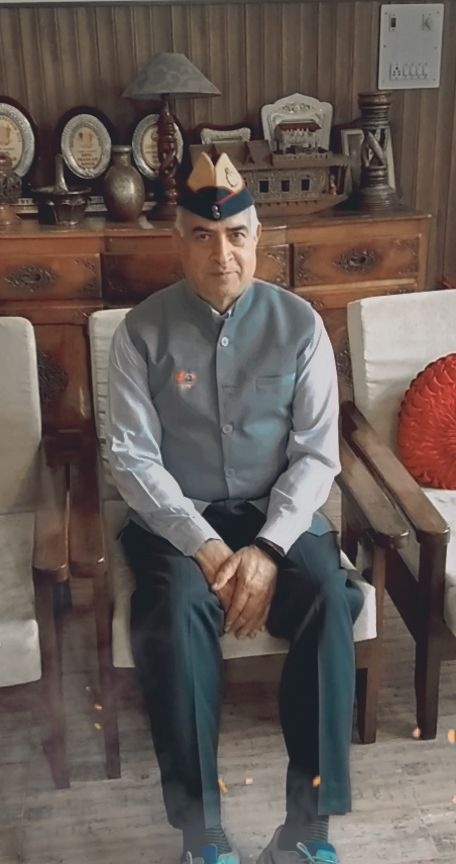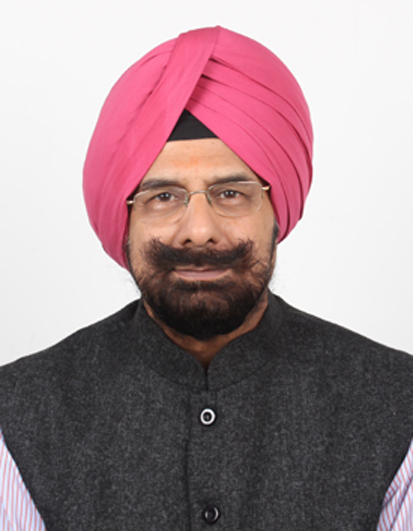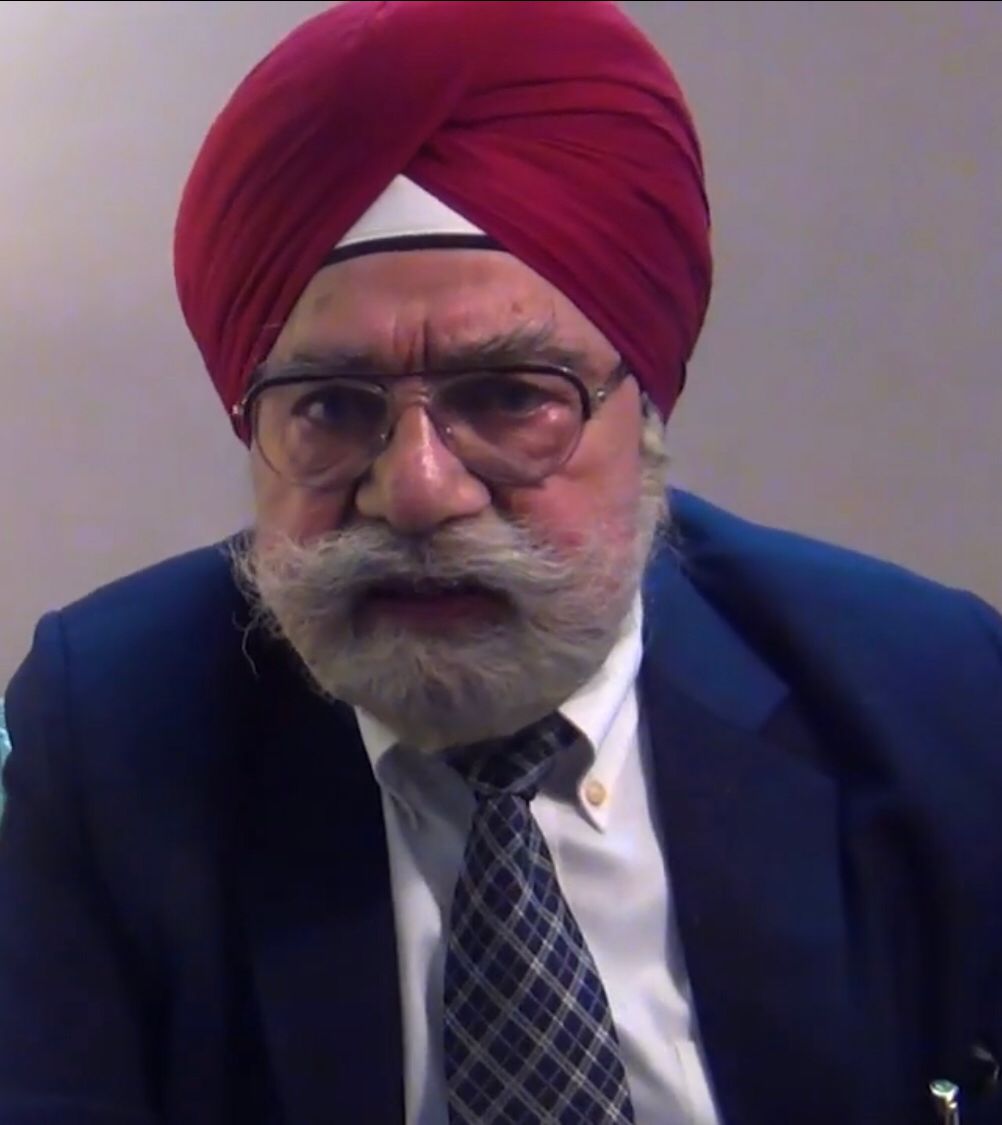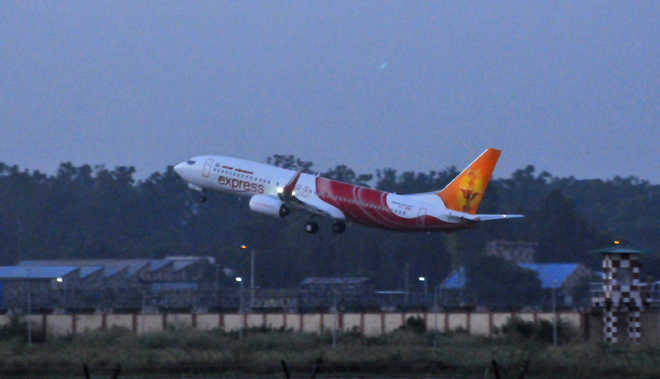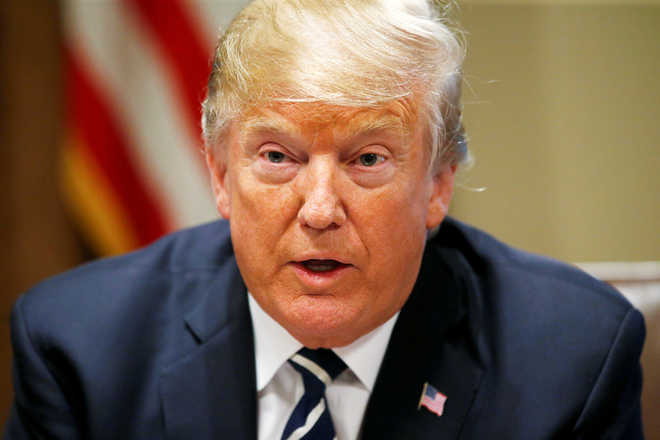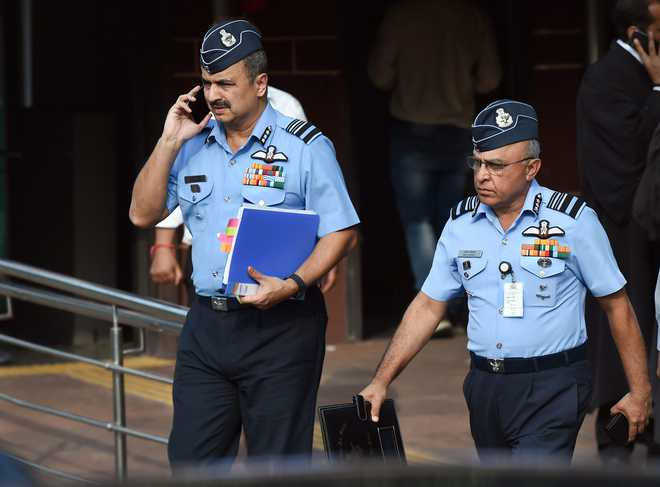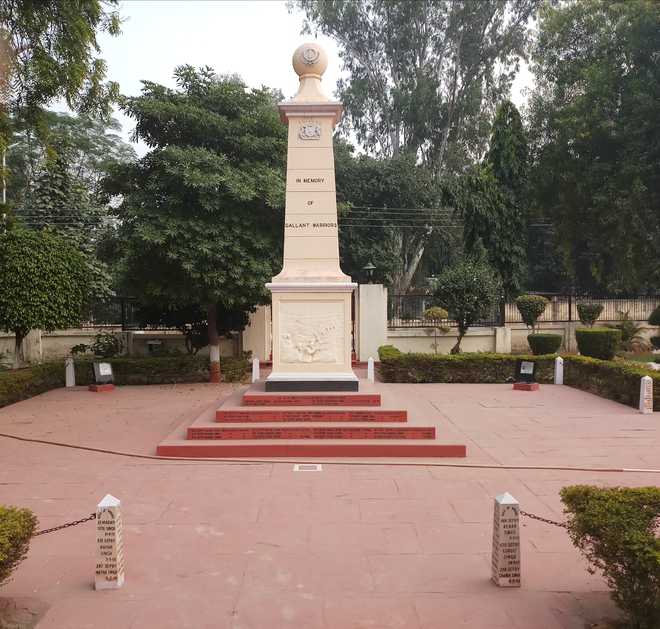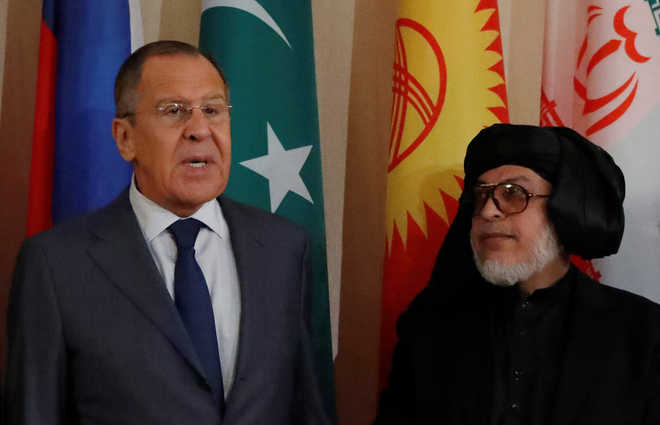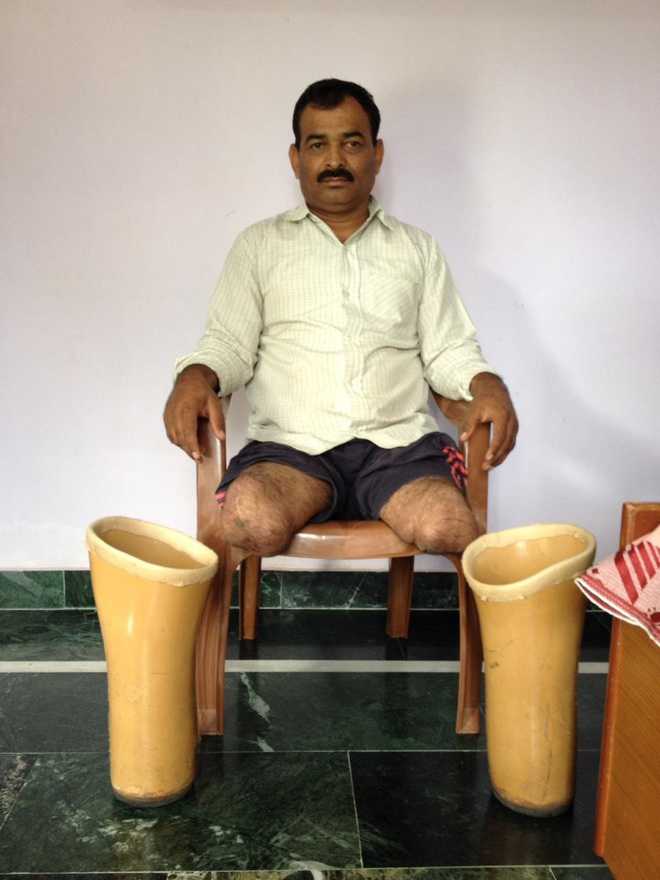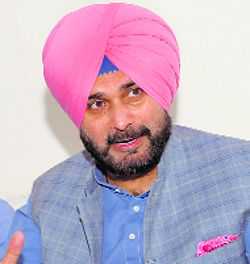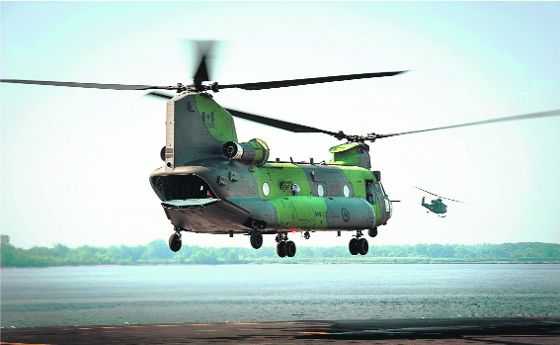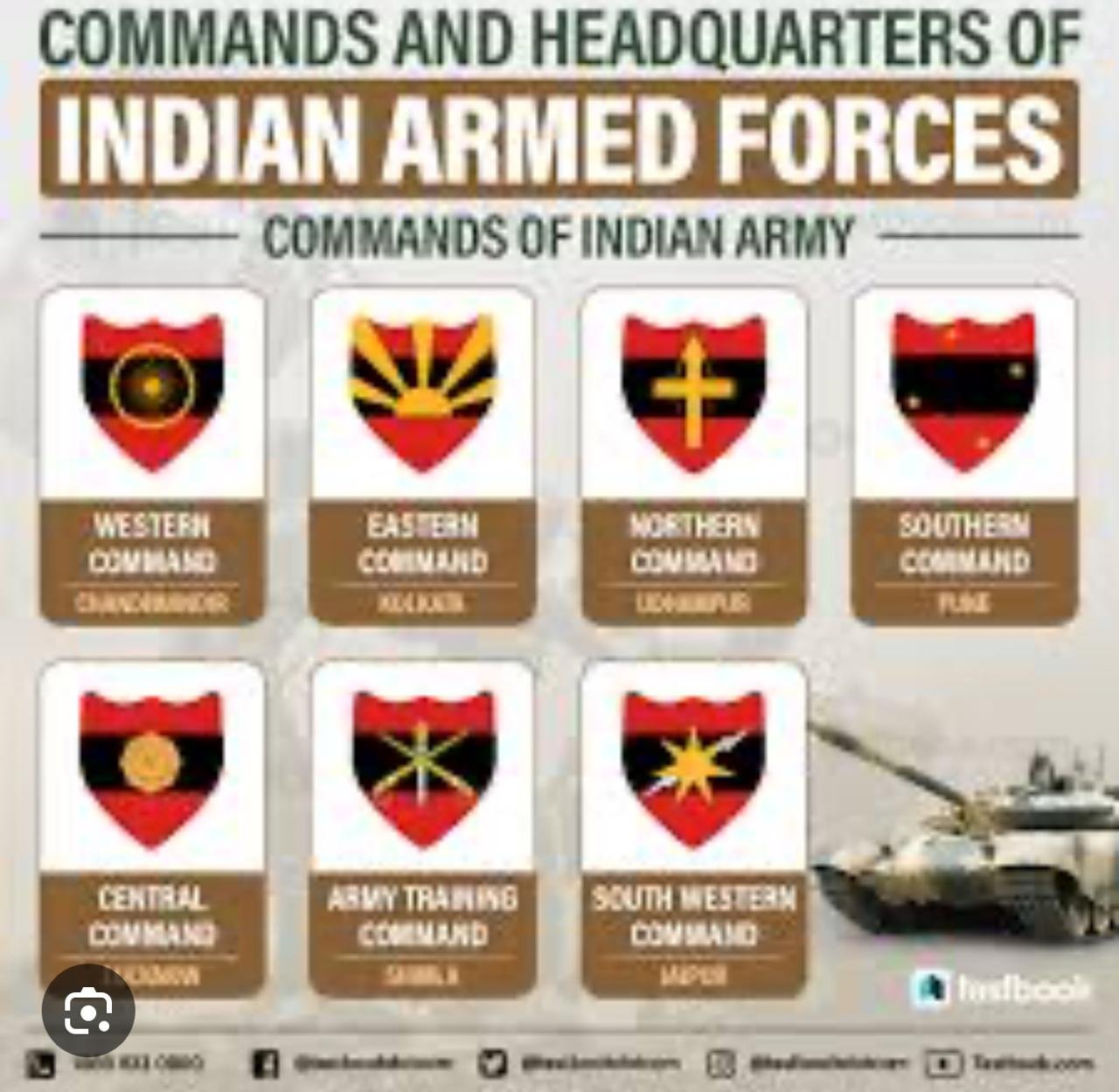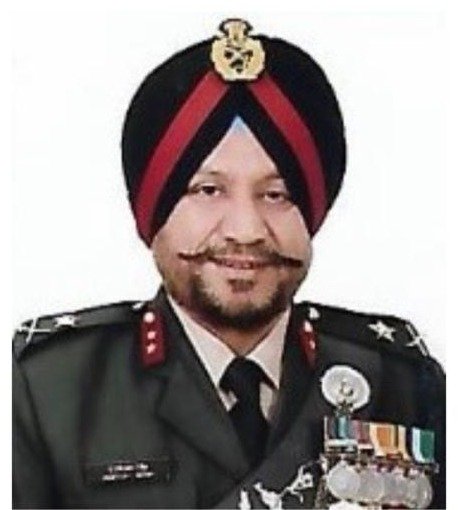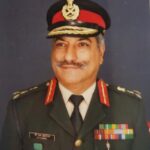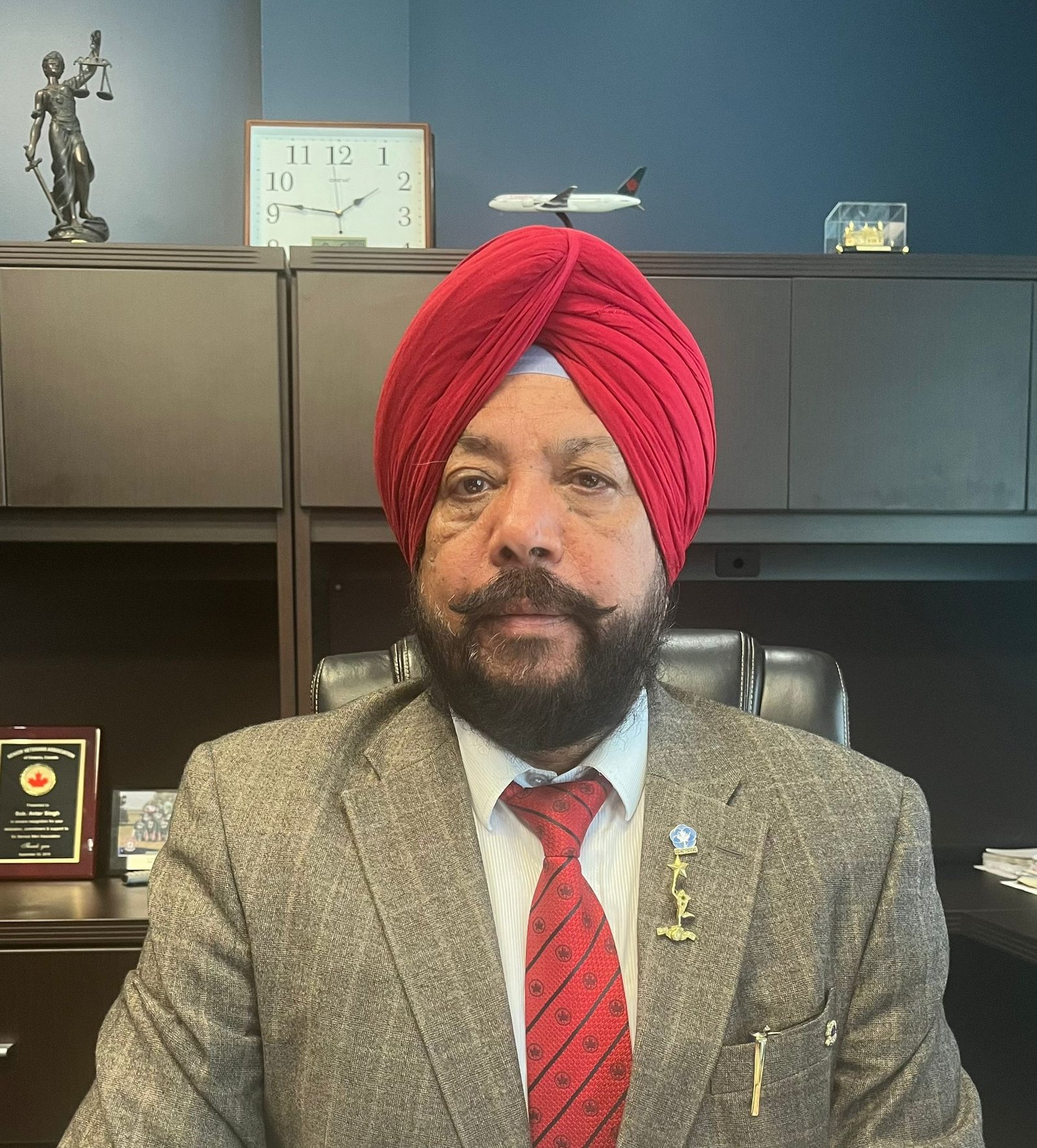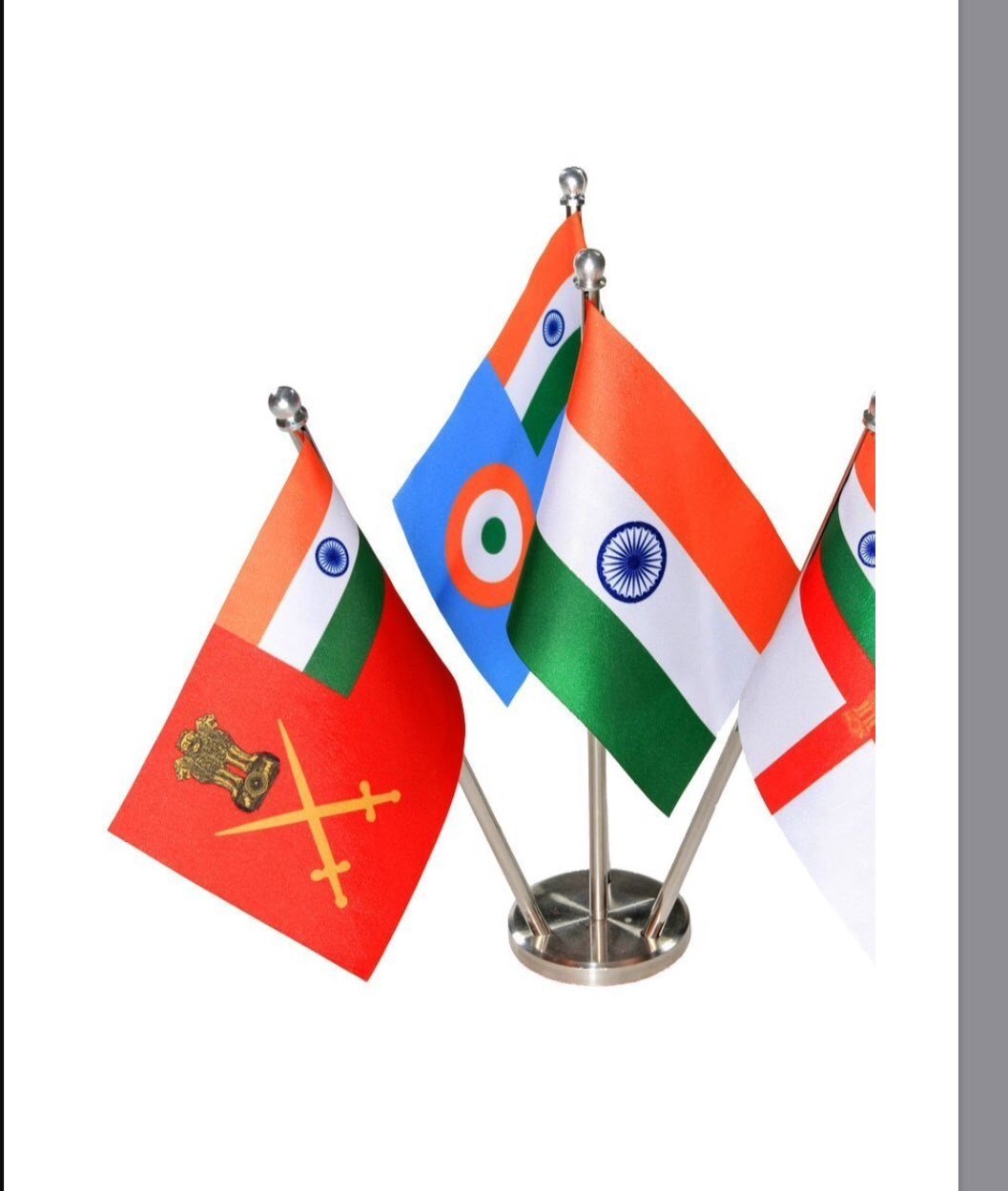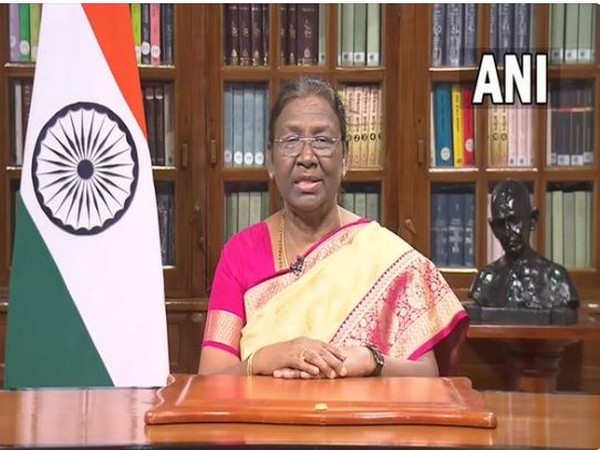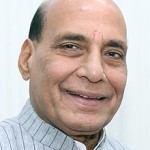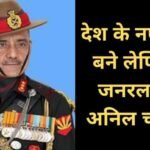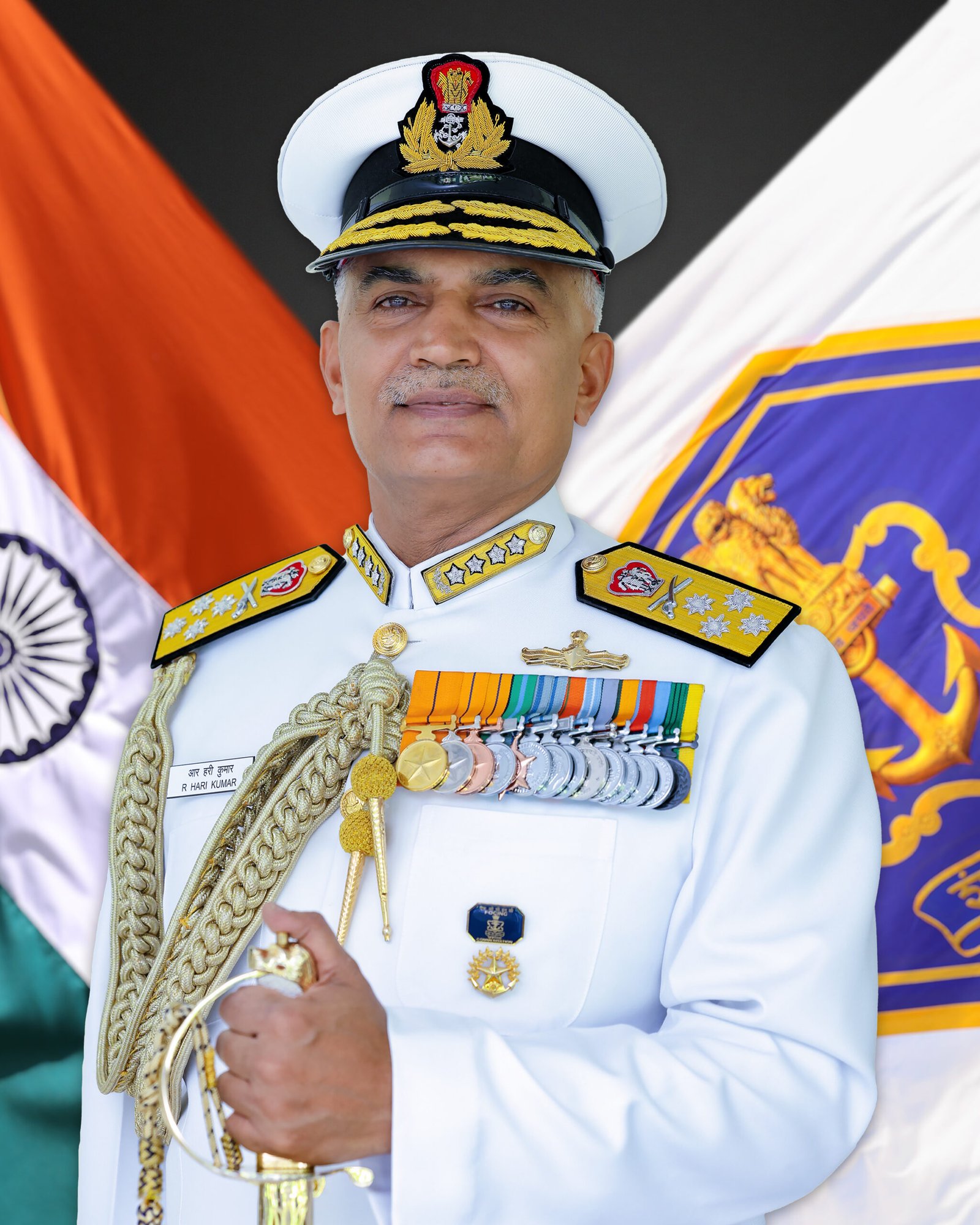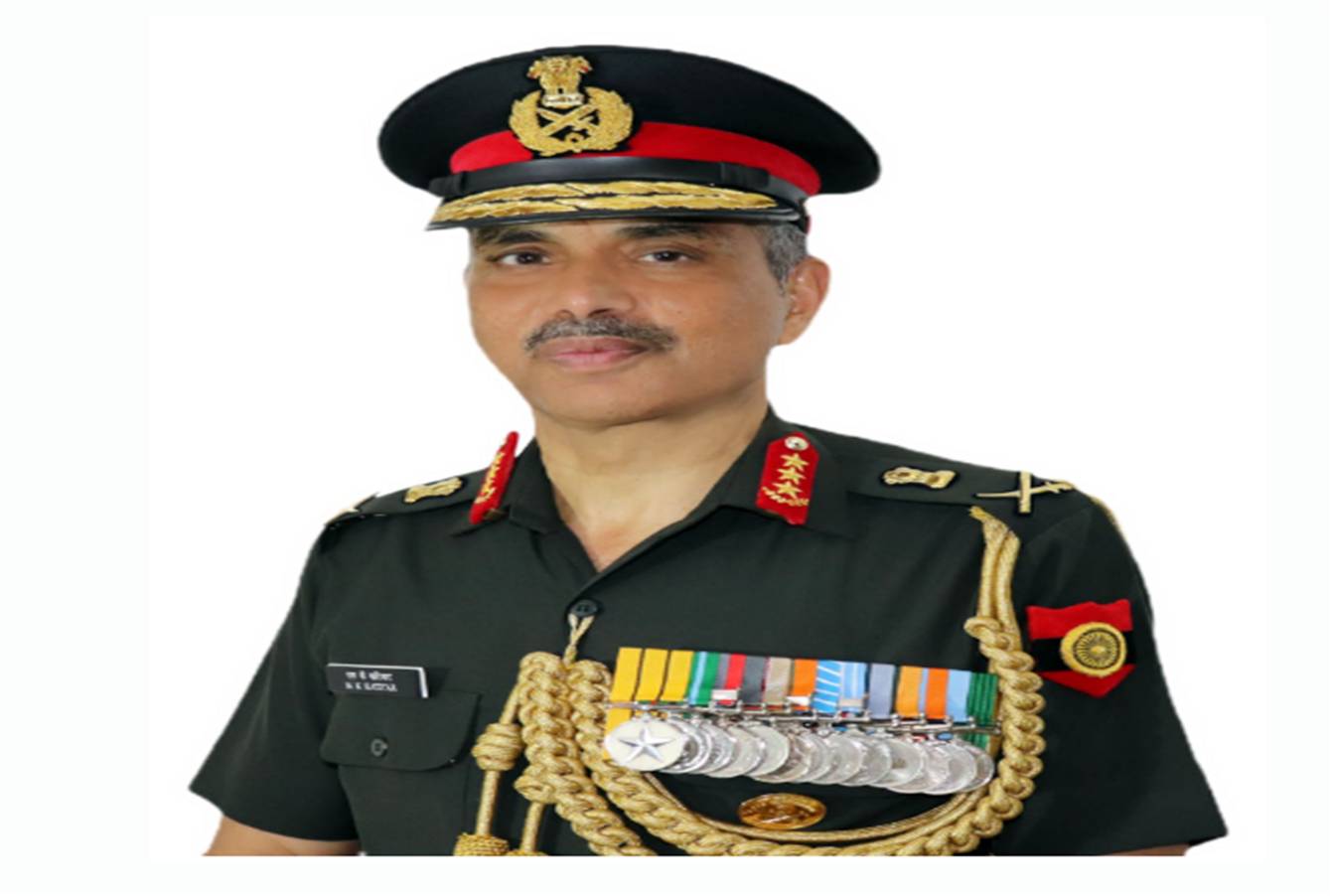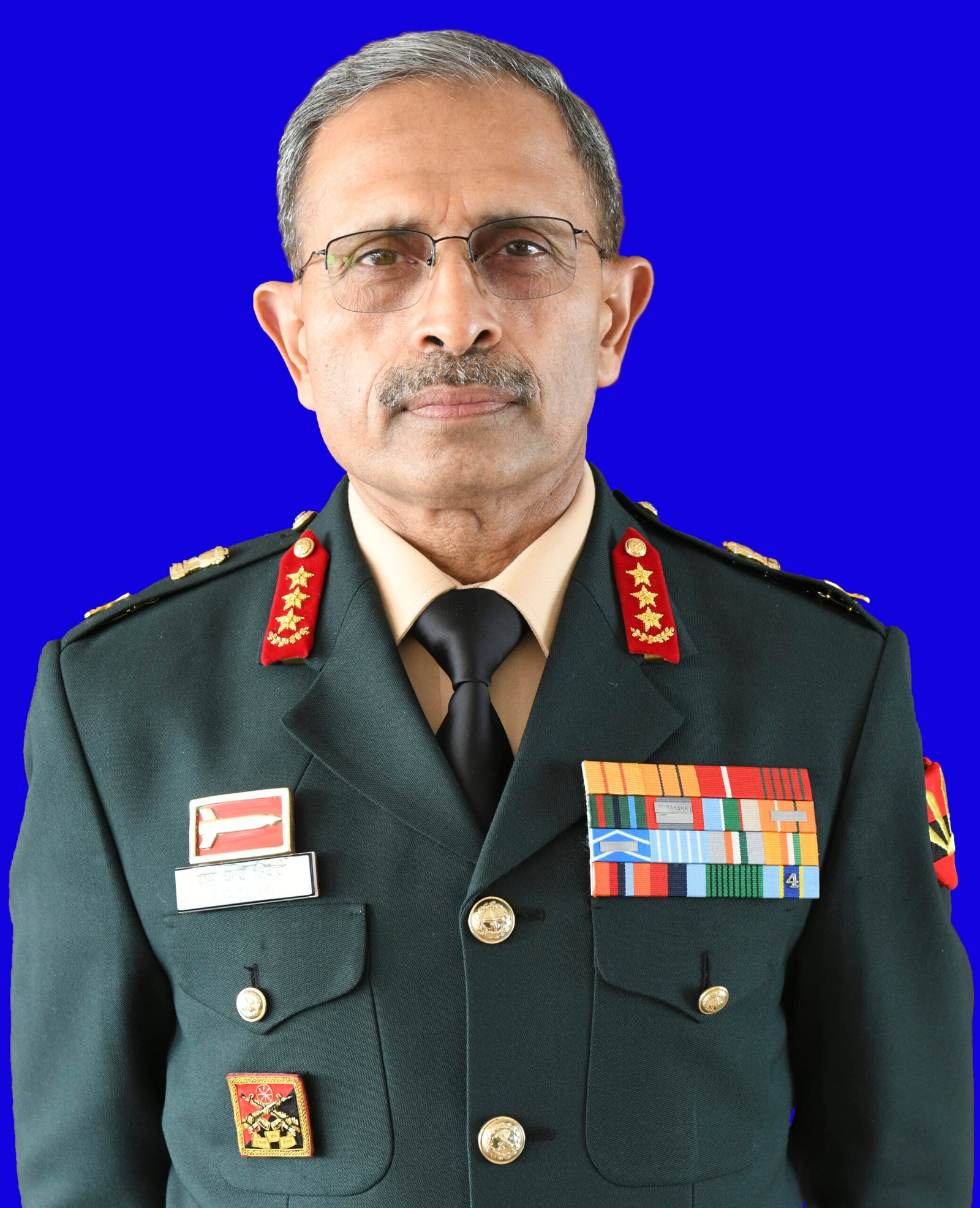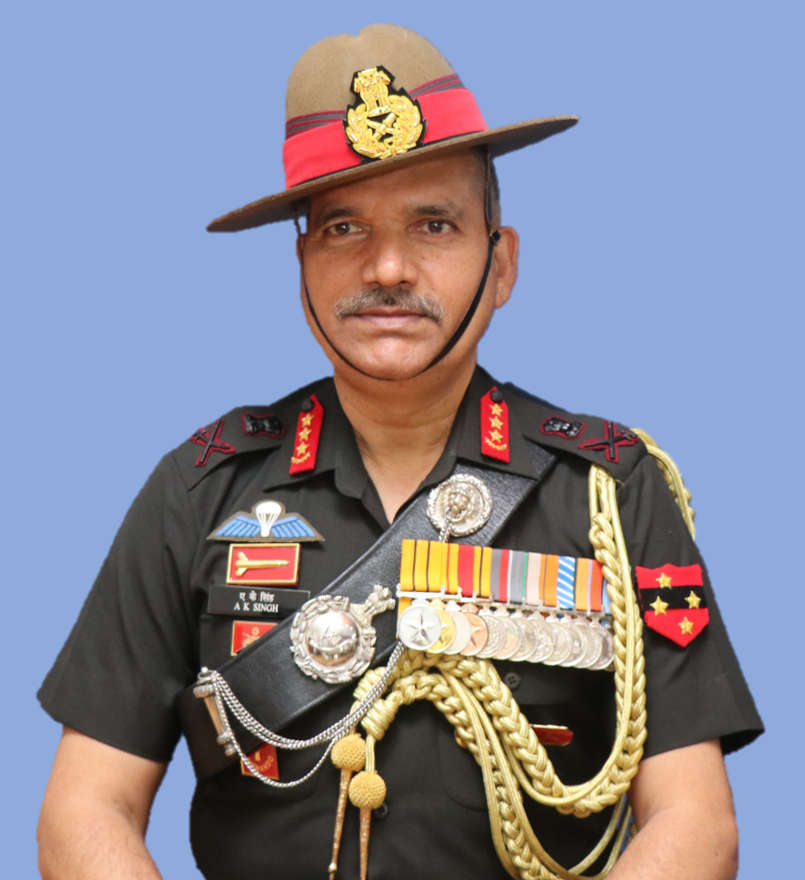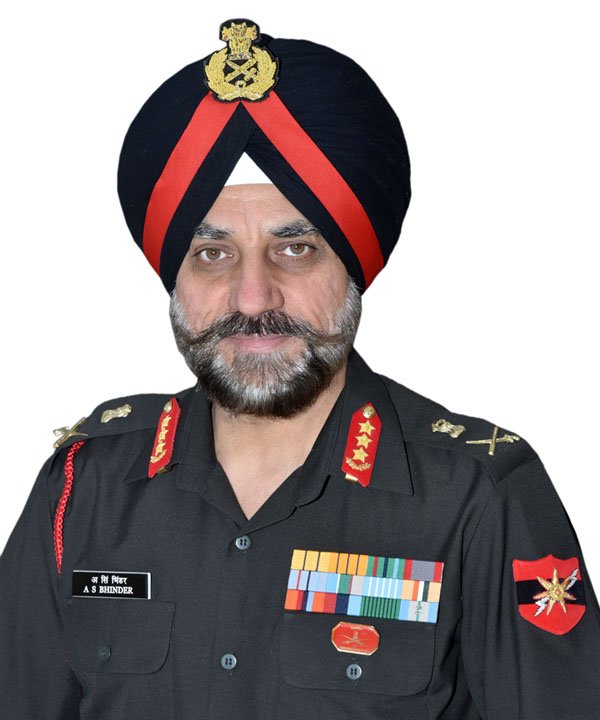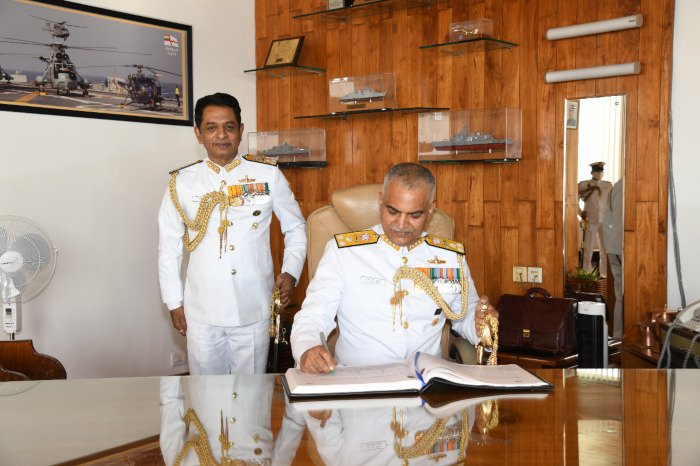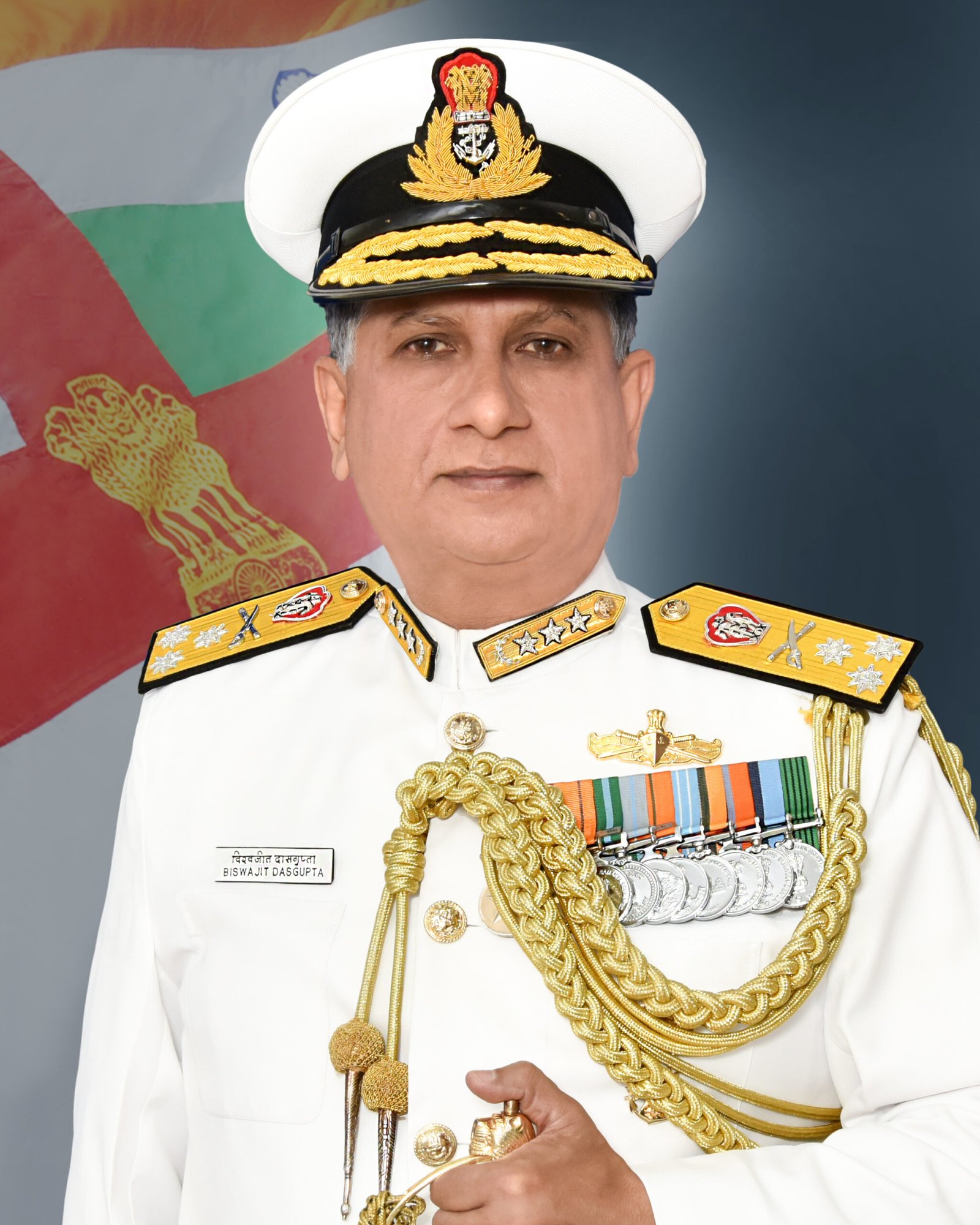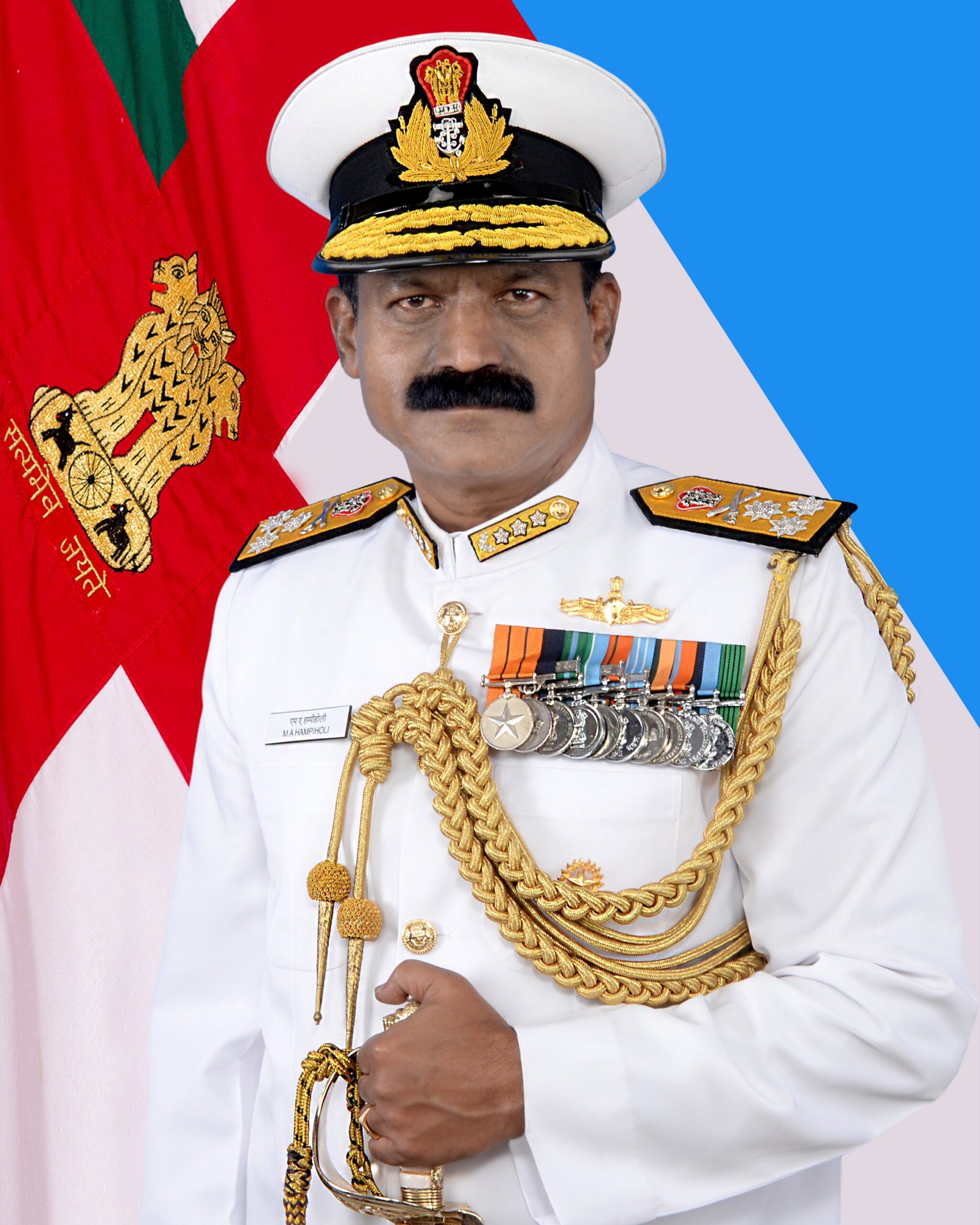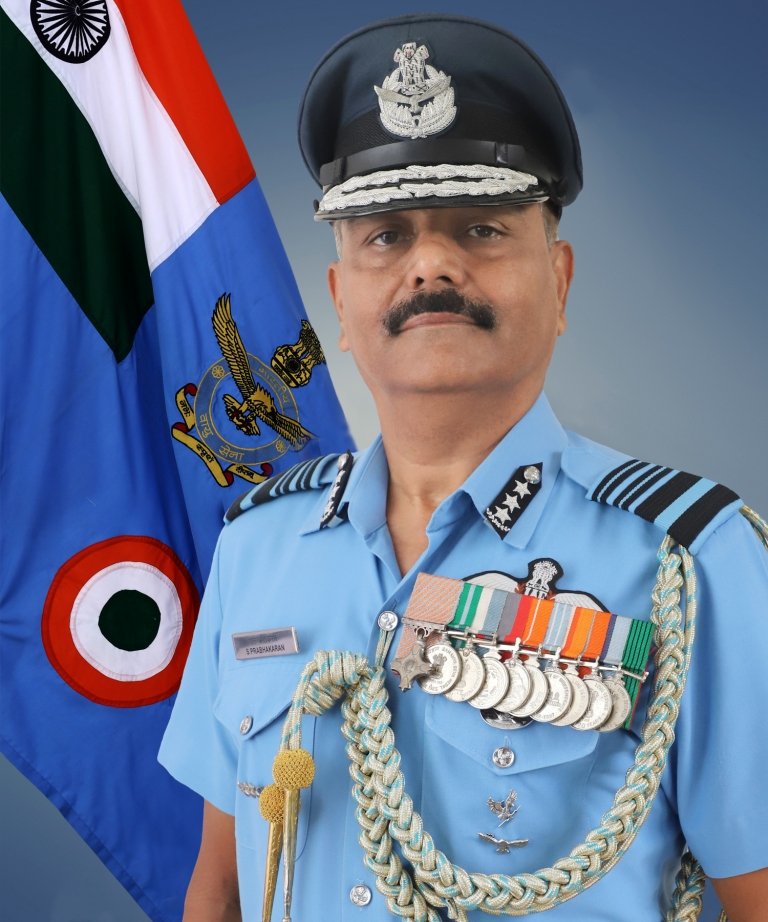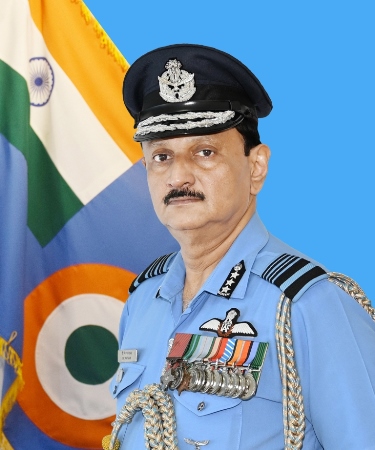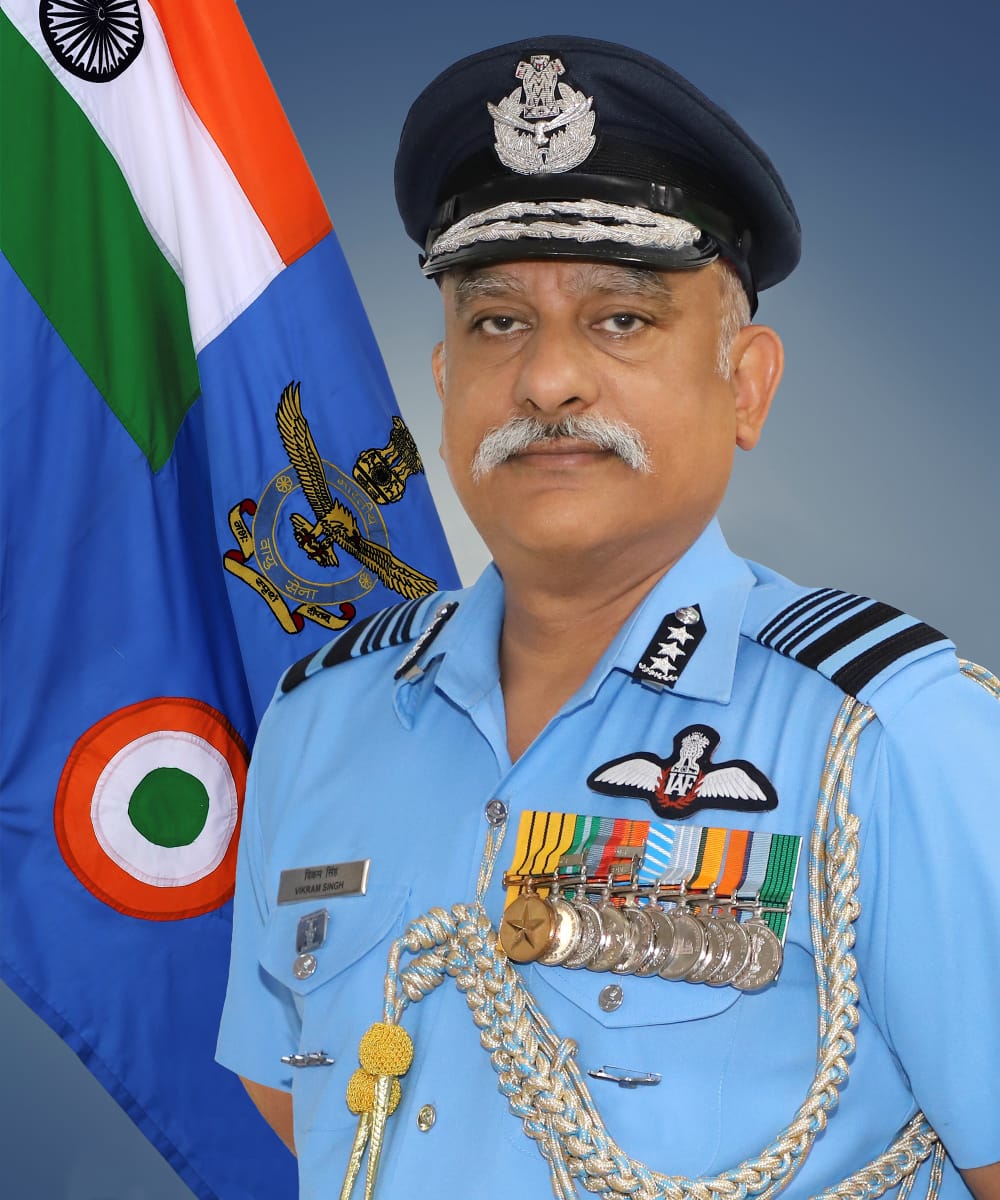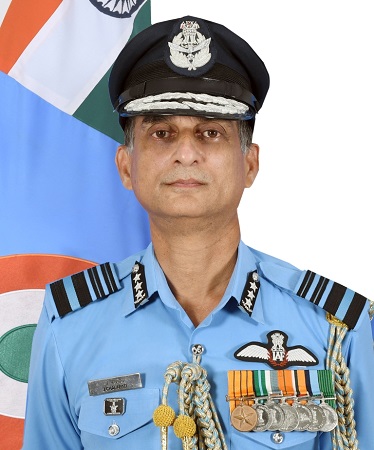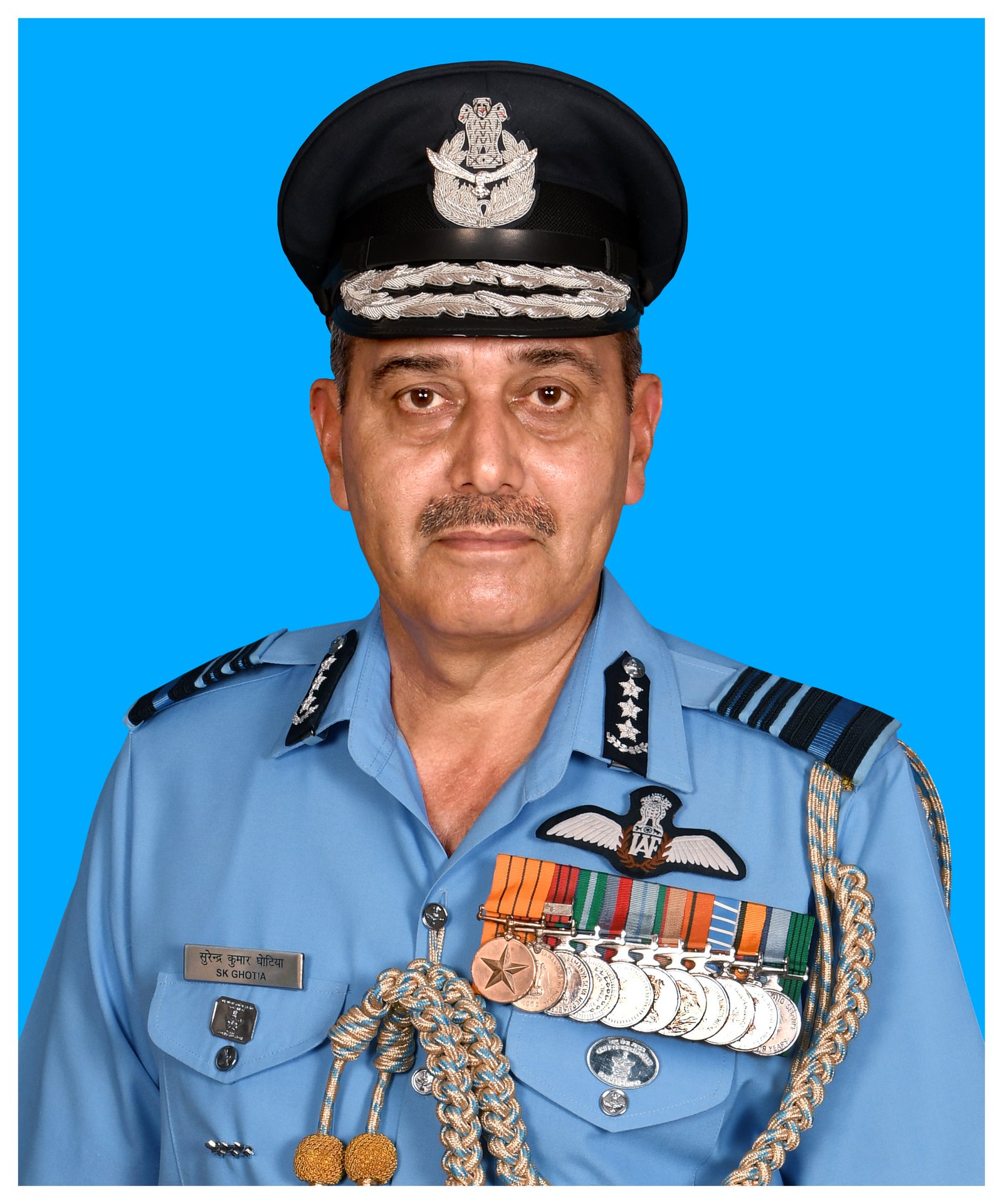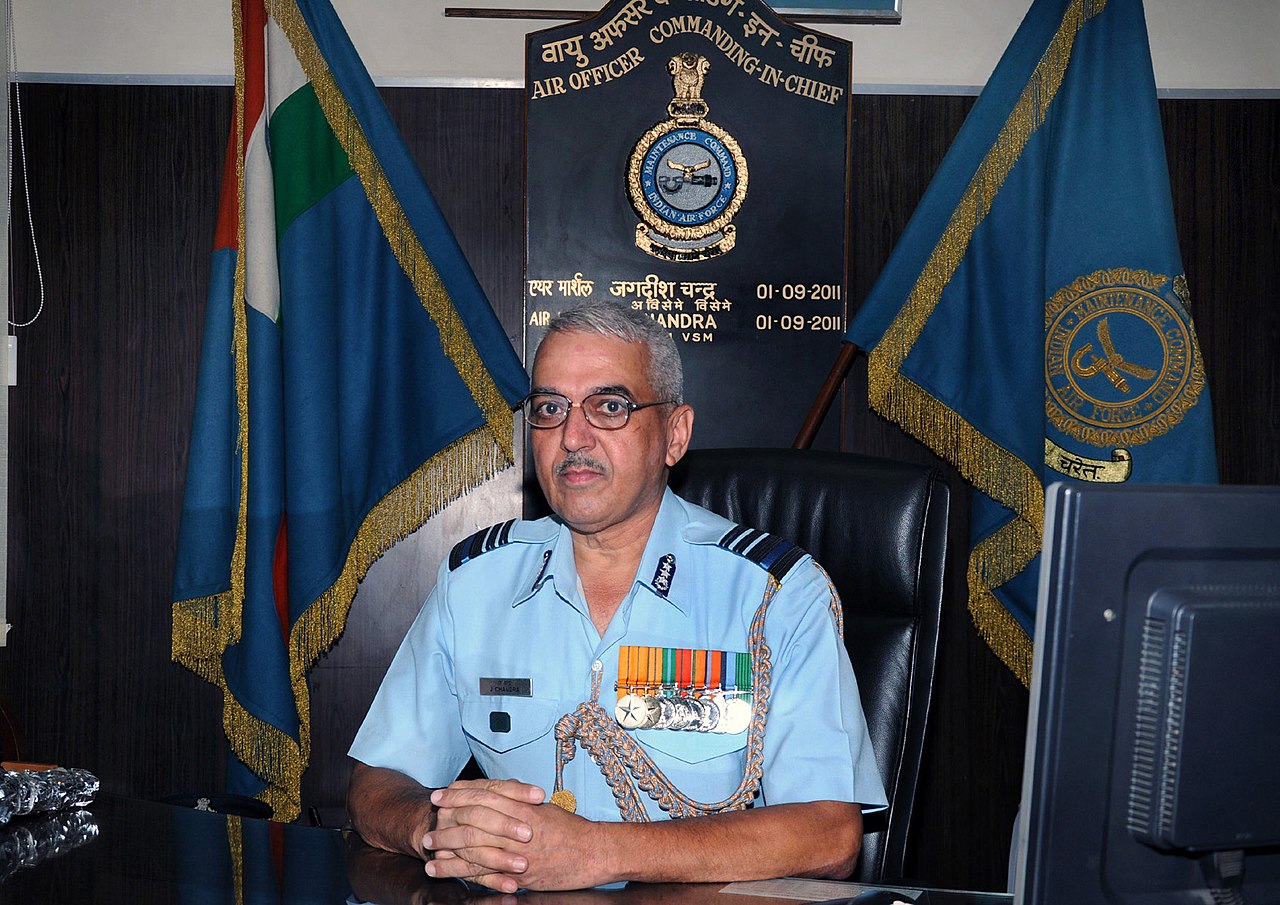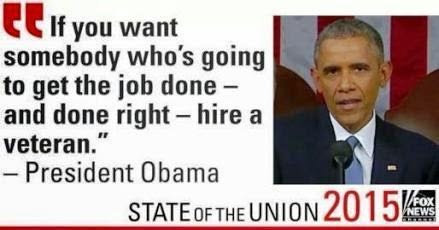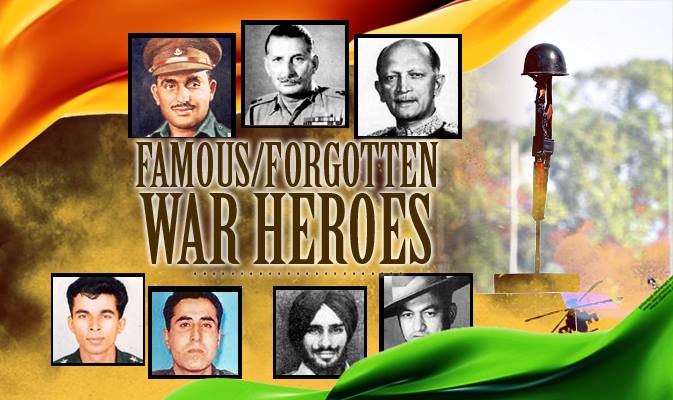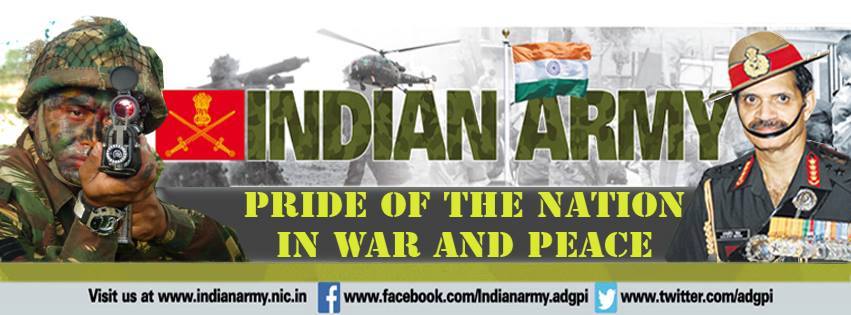
Amit Kumar Sinha, a sergeant with the Indian Air Force, on Wednesday succumbed to injuries he sustained when he was shot at on November 18 by thieves who wanted to steal the mobile phone he had just bought.
Amit, 35, had come to Patna on November 3 to celebrate Diwali and Chhath with his parents, four sisters and two brothers. The cheer for the family was short-lived.
Amit had gone to buy a mobile phone form a shopping complex on the Kurji-Patliputra road on November 18 evening.
As he came out of the shop with his newly bought MI phone, motorcycle-borne criminals accosted him and demanded at gunpoint that he hand over the device. Amit resisted, and was shot twice.
He was first admitted to a nearby hospital in Patliputra Colony and later shifted to the army hospital in Danapur, where he died at 1.30am on Wednesday.
Before the Diwali-Chhath break, he had visited Patna for Rakshabandhan in August.
He was to rejoin duty at Nalli air force base in Gujarat on November 23.
As Amit’s body reached his house in Mithila Colony of Nasriganj locality on Wednesday morning, the wails of his mother Nirmala Devi, 63, and his sisters could be heard from a distance.
Local residents, including many women, had assembled outside his and some of them were consoling the family members.
Amit, a bachelor, had joined the air force in 2000. His first posting was in Bihta, about 40km from Patna.
An eight-member team from the Bihta air force base also reached his house and placed a floral wreath on his mortal remains.
Shouts of “Sinha amar rahe, amar rahe” rent the air as Amit’s was taken to Shiva Ghat on the bank of the Ganga in Digha for his last rites.
His elder brother Sanjay Kumar, who runs a shop in Mithila Colony, performed the rites.
Amit’s friend Ajay Singh, who was with him on November 18 evening, said Amit had joined the air force to serve his country and lay down his life fighting for the motherland.
“But see what happened to him, he died fighting with petty criminals,” Ajay said.
Amit’s 70-year-old father, Krishna Kumar Singh, a retired journalist, his mother and his siblings had been left with nothing but tears, the friend rued.
Contacted about progress in Amit’s murder case, deputy superintendent of police (law & order) Rakesh Kumar said the local cops had identified some persons and raids are on to arrest those involved in the crime.

